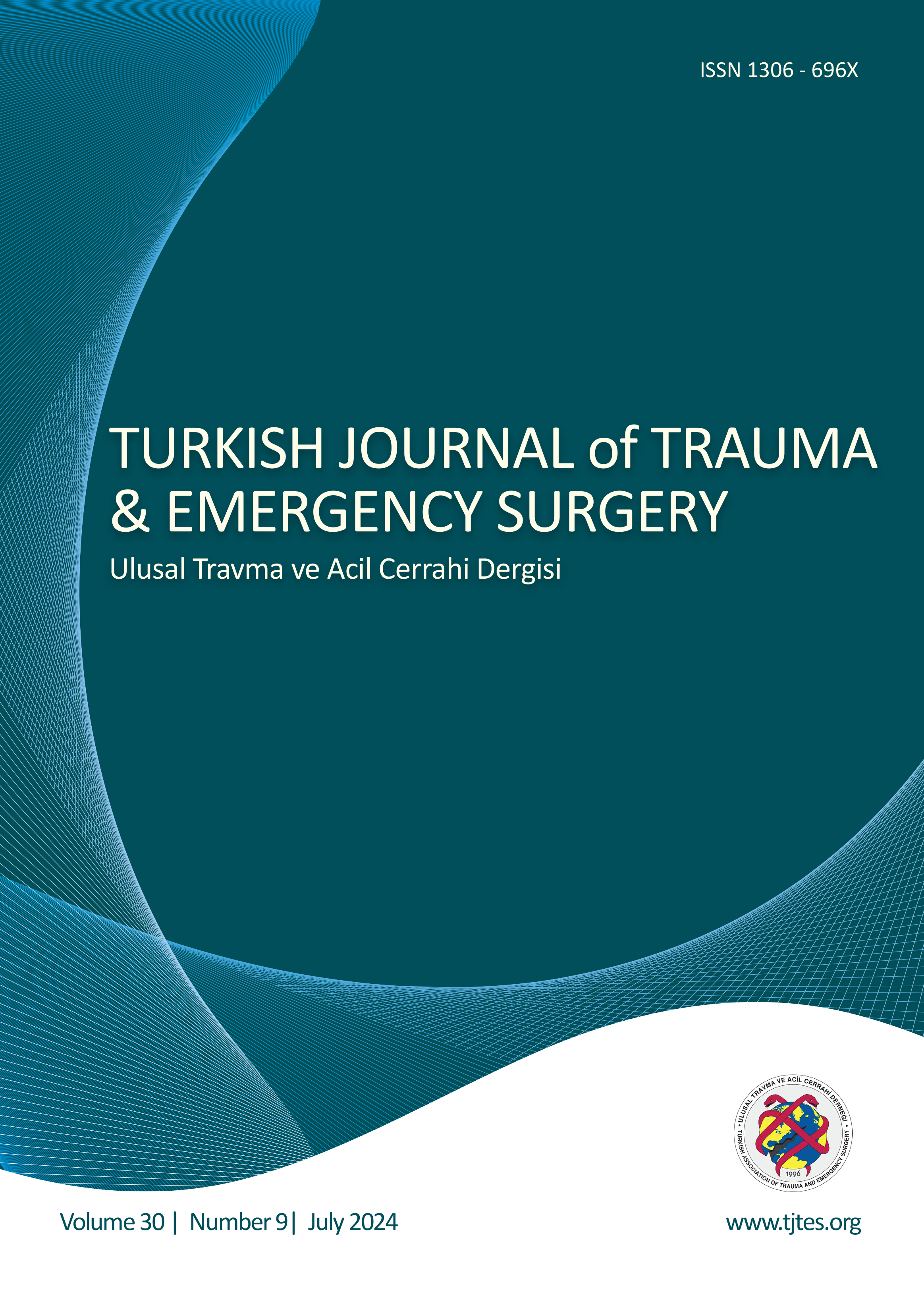Quick Search
Posterolateral wall integrity in reverse oblique intertrochanteric fracture fixation: A new perspective in evaluation
Ahmed Majid Heydar1, Görkem Kıyak21Orthopedics and Traumatology Clinic, Memorial Bahçelievler Hospital, İstanbul-Türkiye2Orthopedics and Traumatology Clinic, Academic Hospital, İstanbul-Türkiye
BACKGROUND: Treatment of reverse oblique fractures has the highest complication rate among proximal femur fractures. Although intramedullary nailing is the preferred treatment option, a high failure rate has been reported. Previous studies have identified several contributing factors to these failures, yet the significance of posterolateral wall integrity in ensuring postoperative stability has not been emphasized. This study aims to investigate the impact of posterolateral wall integrity on the failure rates of reverse oblique intertrochanteric fractures treated with intramedullary nails (IMN) and assess the vulnerability of certain IMN designs to these failures.
METHODS: Between 2010 and 2016, 53 patients with reverse oblique fractures were analyzed to identify factors associated with IMN failure. Variables such as posterolateral wall integrity, quality of reduction, posteromedial support, and IMN design were considered as potential risk factors. Logistic regression analysis was conducted to evaluate these risk factors, with statistical significance defined as p<0.05.
RESULTS: Eleven cases of implant failure were identified. Univariate statistical analysis indicated that loss of posterolateral support (p=0.002), IMN with single-screw proximal fixation (p=0.048), poor reduction quality (p=0.004), and loss of posteromedial support (p=0.040) were associated with implant failure. Multivariate analysis confirmed loss of posterolateral support (p=0.009), poor reduction quality (p=0.039), and loss of posteromedial support (p=0.020) as independent risk factors for failure. However, IMN with single proximal fixation (p=0.859) did not significantly impact fixation failure.
CONCLUSION: Reverse oblique intertrochanteric fractures with compromised posterolateral support exhibit a high rate of mechanical failure when treated with IMN. Additionally, poor reduction quality and loss of posteromedial support increase the risk for failure of these fractures. An IMN design featuring dual separate proximal screw fixations could provide better stability compared to a design with a single proximal screw, thereby reducing the risk of mechanical failure.
Keywords: Hip fractures, proximal femoral fractures, intertrochanteric fractures; intramedullary nailing; implant failure.
Ters oblik intertrokanterik kırık tespitinde posterolateral duvar bütünlüğü: Değerlendirmede yeni bir konu
Ahmed Majid Heydar1, Görkem Kıyak21Memorial Bahçelievler Hastanesi, Ortopedi ve Travmatoloji Kliniği, İstanbul, Türkiye2Academic Hospital, Ortopedi ve Travmatoloji Kliniği, İstanbul, Türkiye
AMAÇ: Bu çalışmanın amacı intramedüller çivi (IMN) ile tedavi edilen ters oblik intertrokanterik kırıkların başarısızlık oranı üzerinde posterolateral duvar bütünlüğünün rolünü araştırmak ve bazı IMN tasarımlarının bu başarısızlıklara karşı özellikle duyarlı olup olmadığını belirlemektir.
GEREÇ VE YÖNTEM: 2010'dan 2016'ya kadar ters oblik kırığı olan 53 hasta, IMN başarısızlığıyla ilişkili faktörleri belirlemek için analiz edildi. Redüksiyon kalitesi, posteromedial destek durumu ve IMN tasarımının yanı sıra posterolateral duvar bütünlüğü de potansiyel risk faktörleri olarak değerlendirildi. Risk faktörlerini değerlendirmek için lojistik regresyon analizi yapıldı ve istatistiksel anlamlılık p<0.05 olarak tanımlandı. BULGULAR: 11 vakada implant başarısızlığı tespit edildi. Çalışmamızda tek değişkenli istatistiksel analizde; posterolateral destek kaybı (p=0,002), tek vida proksimal fiksasyonlu İMN (p=0.048), kötü redüksiyon kalitesi (p=0.004) ve posteromedial destek kaybının (p=0.040) implant başarısızlığıyla ilişkili faktörler olduğu görüldü. Çok değişkenli analiz; posterolateral destek kaybının (p=0,009), kötü redüksiyon kalitesinin (p=0.039) ve posteromedial destek kaybının (p=0.020) başarısızlık için bağımsız risk faktörleri olduğunu ortaya çıkardı. Ancak tek vida proksimal fiksasyonlu İMN (p=0.859) fiksasyon başarısızlığı ile ilişkili değildi.
SONUÇ: Posterolateral duvar bütünlüğü kaybıyla birlikte ters oblik intertrokanterik kırık, IMN ile tedavi edildiğinde yüksek mekanik başarısızlık oranıyla ilişkilidir. Ayrıca kötü redüksiyon kalitesi ve posteromedial desteğin kaybı bu kırıkların başarısızlık riskini arttırmaktadır. İki ayrı proksimal vida fiksasyonuna sahip bir IMN tasarımı, tek proksimal vidalı bir IMN'ye göre daha iyi tespite izin verebilir ve bu da başarısızlık riskini azaltabilir.
Anahtar Kelimeler: İntertrokanterik kırıklar, intramedüller çivileme, implant başarısızlığı; kalça kırıkları; proksimal femur kırıkları; ters oblik kırıklar.
Manuscript Language: English




